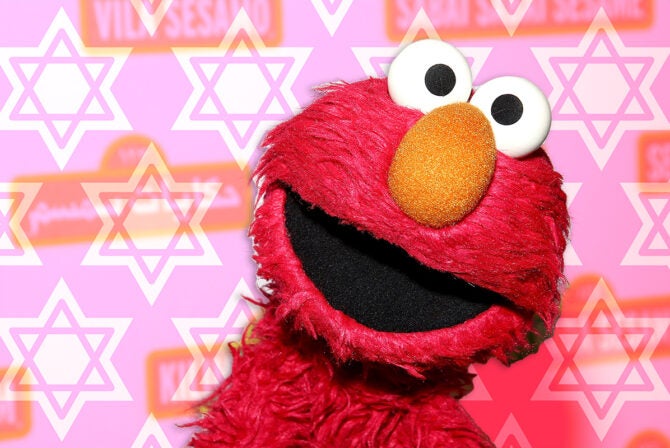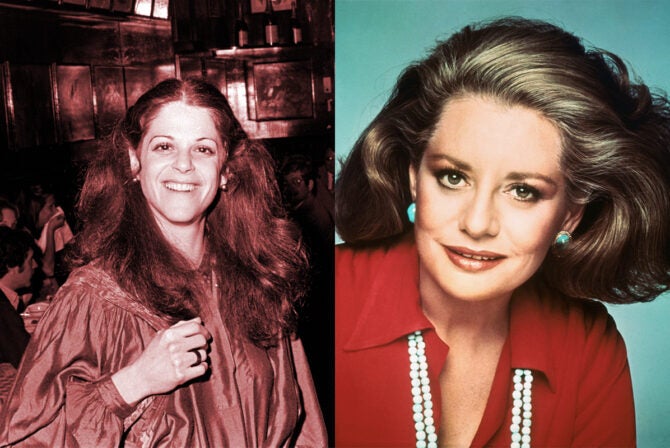My 90-year-old mother hands me her Strauss family ring, still warm from her finger, a gift for my 65th birthday. I’ve waited nearly a lifetime and don’t even know what to say.
“Are you sure, Mom?” I ask softly, not wanting her to change her mind.
“I’ve been planning for this day,” she answers. “I want you to wear it now.” Her hand trembling, she closes my fingers around the ring, safely inside my palm. I feel the indentation of the shank, and trace my pinky over the faded crest and feathers. Slowly, I slide the ring on my finger. It fits perfectly. I didn’t know my frail mother and I shared a ring size, but there’s much I don’t know about her.
My maternal great-grandfather, Alfred, fascinated by heraldry, designed this gold signet for his wife Diana, for whom I am named. On the lower half rests a coat of arms representing Mainz, the city in Germany in which he was born. Strauss means ostrich in German, and ostrich feathers – honoring the family surname – are engraved in an intersecting pattern on top. The ring has been worn by women in the family for generations, passed matrilineally from mother to daughter.
Alfred and Diana eventually moved to Berlin, where my grandmother and mother were born. All of my maternal ancestors had resided in Germany for as many generations as are traceable on the family tree. Most of the relatives recognized the danger of the Third Reich and left the country in the early or mid-1930s. However, my grandfather Otto described himself as “stubbornly optimistic,” and he and his family, including my mother, didn’t flee until 1939. Otto never forgave himself for leaving behind his mother, who died at Treblinka.
My grandparents were unwilling or unable to discuss their lives in Germany. It was simply too painful. But we still had a physical connection to this history through the family ring. Although the Nazis splintered my relatives across the globe, sisters, nieces and cousins on three continents were united by wearing copies of the original Strauss ring. When I see distant relatives in Israel or Holland sporting the familiar signet, I feel close to them, even if we don’t know each other well. All of us, descended from Alfred and Diana, are connected to these feathers and this German city. The ring represents a more joyful link to the past, rather than the sadness associated with other parts of our German history.
My sister’s and nieces’ rings were created from a jeweler’s cast of my mother’s original, which was once her mother’s, and is now well over 100 years old. I, too, received a replica of the family ring for my high school graduation. It was small and delicate, and I wore it until it no longer fit my post-childbirth finger. The band was too thin to be resized, so the ring sat in my jewelry box until I happily gave it to my own daughter for her high school graduation. I love seeing my ring on her finger, and she wears it proudly.
I watched over the decades as other women in the family received a casted copy of the ring, and felt the cold emptiness, the thin skin, of my own right ring finger. I wanted this visible connection to my relatives, to my mother and grandmother, to my great-grandfather and Germany. Yet perhaps we were to only receive a single ring in a lifetime, and it felt selfish to ask for one that fit my adult hand. I knew my mother’s ring would eventually be gifted or bequeathed to someone, but would never have asked for it for myself. I was too sentimental and superstitious to make this request, but there was a hollowness and envy where I thought the ring should be.
But now I wear my mother’s Strauss signet, given so unceremoniously and unexpectedly. She tells me now that she always wanted it to be mine. I have expressed my gratitude, but doubt my mother really knows how much this gift means to me. The family ring is important to all of us. But this particular ring, the one that belonged to my mother, has even greater significance to me. Although she and I have never been particularly close, I feel a unique closeness, and her love, when wearing this ring.
The imprints on my nieces’, sister’s and daughter’s rings are more visible. Their Strauss feathers are more prominent. One can easily see the wheels on the Mainz seal. The engravings on my ring are worn and faded, after years on my mother’s finger, and years before that on her mother’s. My grandmother wore the ring that I now wear when she was a young bride in Berlin, on a farm in England where she stayed for safety, and here in the U.S., her new country, which she told me never really felt like home. I am honored to be entrusted with this ring, a legacy of the strong women who came before me.








